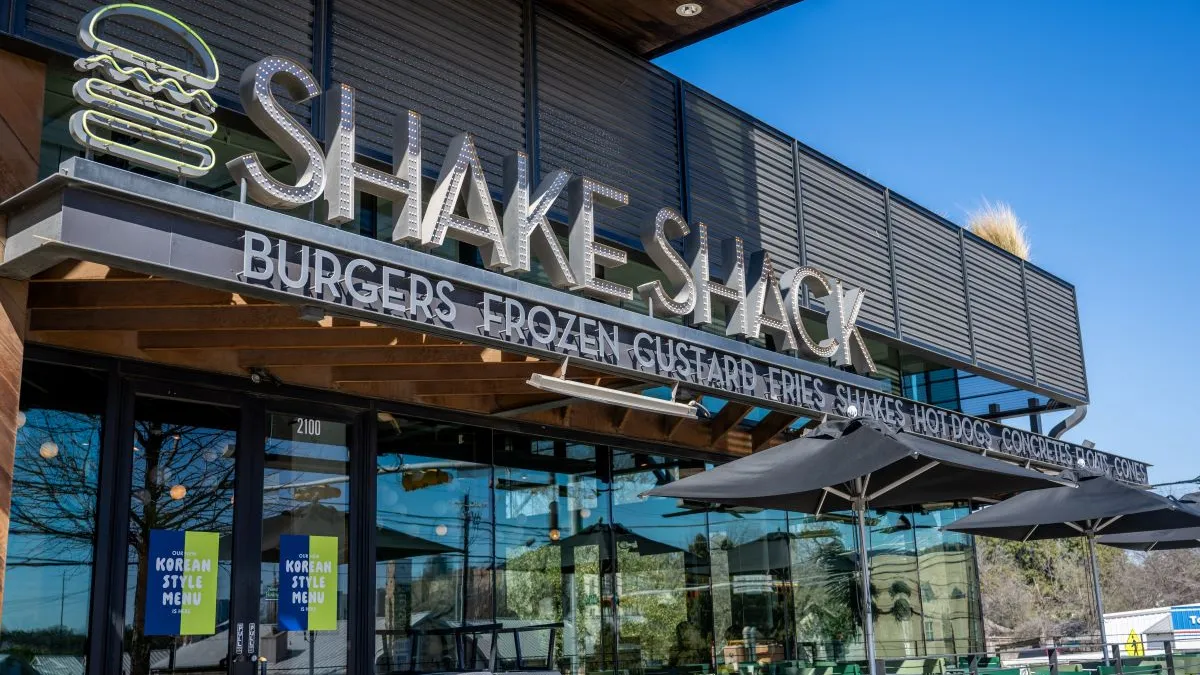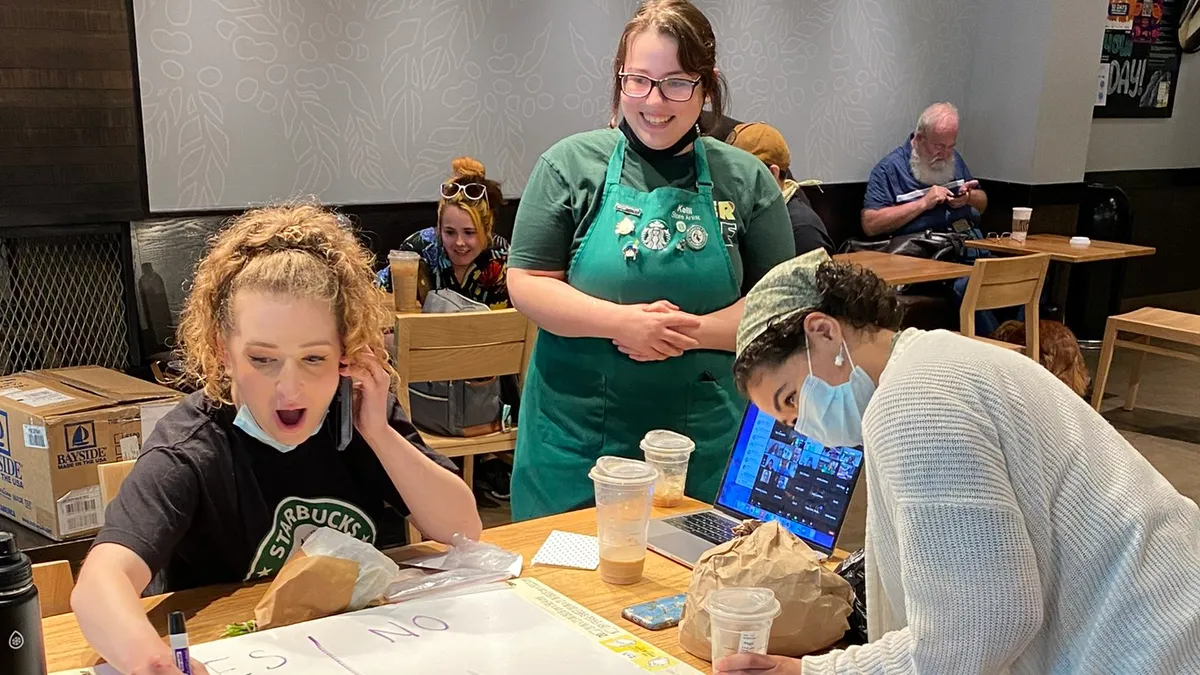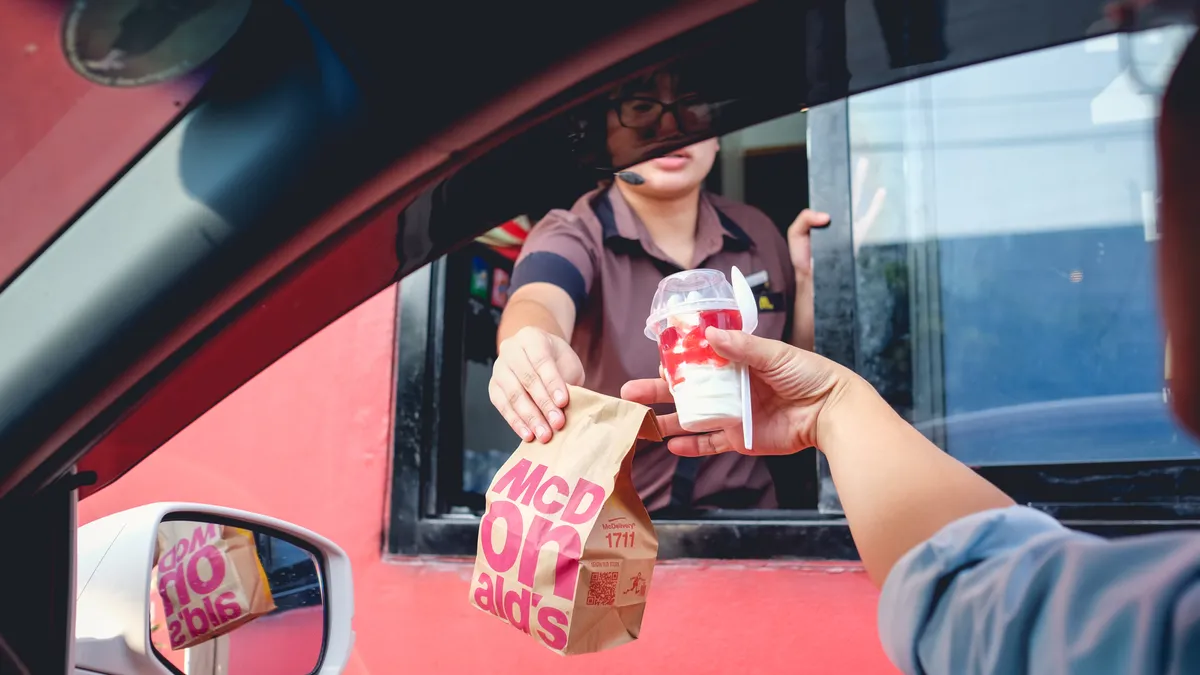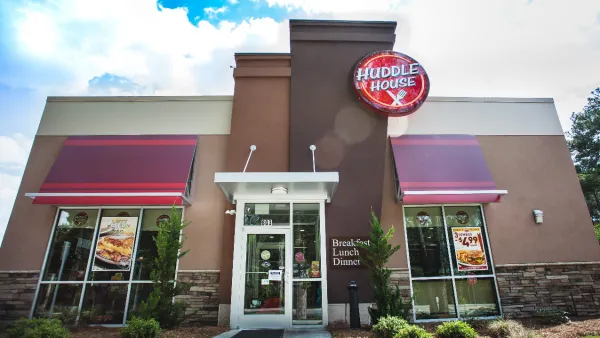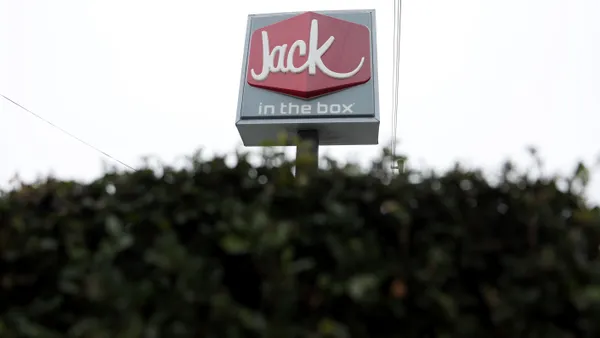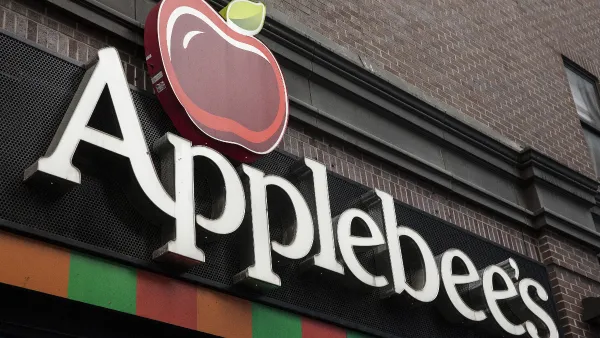Dive Brief:
- Shake Shack will open a kitchen innovation lab near its new support center in Atlanta later this year, CEO Rob Lynch said Thursday during an earnings call.
- The lab will be use to test process optimization and new equipment, which will allow management to learn, refine and test further, thereby speeding up rollouts of new models and processes, Lynch said.
- The ultimate goal is to improve service times and convenience for guests, leading to an increase in frequency, he added.
Dive Insight:
The lab will lead to faster rollouts of new formats and, potentially, a boost in cash-on-cash returns, Lynch said. More efficient, faster buildouts will also help support the chain’s plan to grow from 330 units in the U.S. to 1,500 company-owned restaurants. The company is also working to reduce buildout costs, which it plans to decrease to $2.2 million compared to $2.4 million seen in 2024.
Previously, Shake Shack would build new restaurants with new models to test different optimizations — often a long, drawn-out process.
“While you’re trying to open up a new restaurant in an optimized way [and] drive performance, you’re also testing ideas and thinking about maybe this could work, maybe that will work,” Lynch said. “The whole idea behind the kitchen innovation lab … is we’re building a modular lab that’s going to allow us to test and optimize all of our kitchen equipment and buildouts and flows and processes.”
The types of equipment Shake Shack is considering include new hot holders, fryers, shake machines and other equipment that can reduce service times, especially in the drive-thru, where it has struggled with long wait times. The company began building drive-thrus in 2021, and these locations now make up about 10% of its system, according to Lynch.
Optimizing its store formats also will help the chain’s goal of increasing speed of service as well. Last year, it reduced wait times by one minute, but Lynch said the chain could improve service times by another minute. The chain also continues to struggle with lines during peak time. During lunchtime, there are lines 10-people deep in almost all of its New York City restaurants, which can deter customers from entering the restaurants.
“At $4 million AUVs, we’re doing a lot of business. We have a lot of traffic and lines, so speed is a big factor for us,” Lynch said. “To take a whole minute off speed of service in one year, that’s just not something that is possible at the QSRs of the world.”
The addition of the innovation lab and support center is also a shift away from having a centralized headquarters. The chain will now have three support centers, including existing facilities in New York City and Hong Kong, which services the international market. The addition of an Atlanta support center will help the company attract different talent from across the country, he said.
“We have a great team here in New York City doing amazing work and driving all these great results. That's not going to change. We are not moving people from New York to Atlanta,” Lynch said. “We're essentially just opening up the opportunities. … This new office gives us access to a whole new population of tech talent.”
The company recently hired Justin Mennen as chief information and technology officer. Mennen will be based in Atlanta. There are also 60 universities within a two-hour drive from the office, making Atlanta a “hot bed of restaurant operations talent,” Lynch said.
This investment in Atlanta runs counter to a current trend among other chains, like Yum and In-N-Out, that are consolidating their headquarters. KFC U.S. will be moving its headquarters from Kentucky to Plano, Texas, for example.



